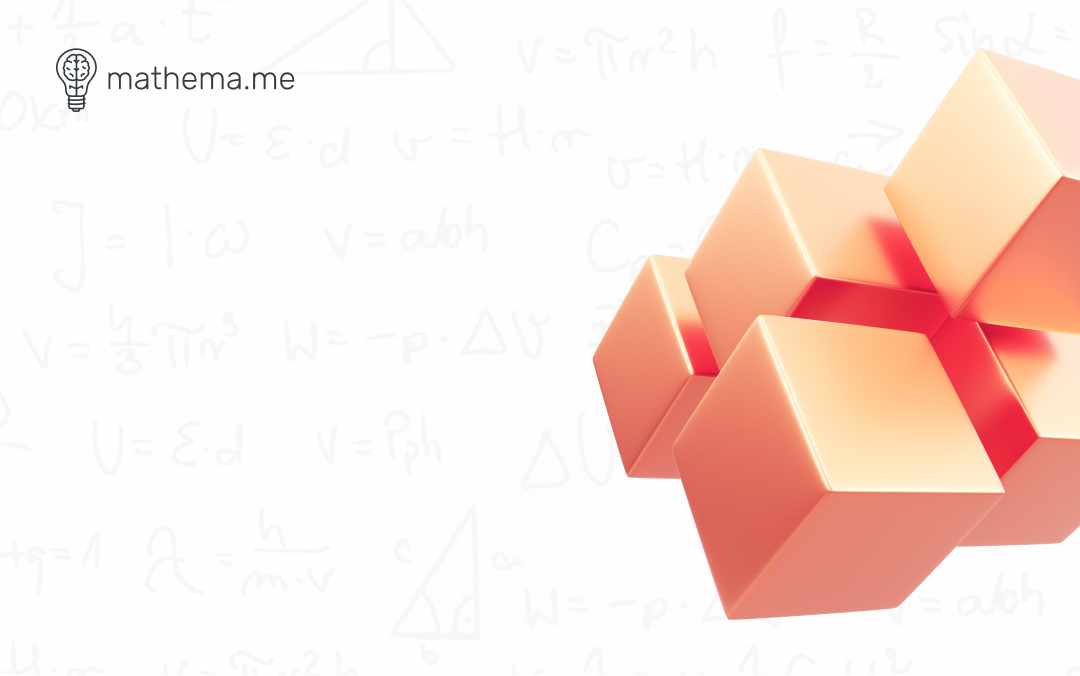Trigonometry is a branch of mathematics that studies the relationships between the sides and angles of triangles. It is a fascinating and essential branch of mathematics, and is often overlooked due to its complex nature. However, trig applications in various fields make it a crucial subject to understand and appreciate. This report delves into the practical applications of trigonometry, its real-world examples, and the educational significance it holds.
Practical Applications of Trigonometry
- Engineering and Architecture. Trigonometry plays a pivotal role in the world of engineering and architecture. It allows professionals to design stable and aesthetically pleasing structures by calculating angles, heights, and distances accurately. By understanding trigonometric principles, engineers and architects can ensure the longevity and integrity of buildings, bridges, and other infrastructures.
- Physics. The connection between trigonometry and physics is a harmonious blend of mathematics and science. Trigonometric functions help us understand and analyze various physical phenomena, such as waves, forces, and motion. This interdisciplinary relationship allows us to explore the wonders of the universe, from the vibrations of musical instruments to the orbits of celestial bodies.
- Astronomy. Trigonometry is an indispensable tool in the field of astronomy. It helps astronomers determine celestial positions and predict eclipses and planetary movements. By understanding trigonometric principles, we can better comprehend the vast and intricate nature of the cosmos
- Computer games. Trigonometry is utilized to create realistic physics engines, character movements, and environmental interactions. For instance, trigonometric functions such as sin^2(x) + cos^2(x) = 1 helps in calculating the angles and distances between objects, which is crucial for determining collisions, trajectories, and rotations. Furthermore, trigonometry is essential in creating 3D graphics, lighting, and shadow effects, as it allows for accurate positioning and projection of objects in a virtual space
- Aviation. Pilots use trigonometric concepts like triangulation to determine their positions relative to known points on the Earth’s surface. They also employ trigonometry to calculate distances, speeds, and altitudes. For example, the famous formula for calculating distance (distance = speed × time) involves trigonometric concepts. Additionally, trigonometry is crucial in understanding aerodynamics, as it helps determine the forces acting on an aircraft during flight, such as lift, drag, and thrust.
- Oceanography: Trigonometry is used in oceanography to analyze tides, currents, and waves. Oceanographers use trigonometric calculations to study the movement of water masses, determine wave heights and directions, and model ocean circulation patterns.
- Forensic Science: Trigonometry is applied in forensic science, particularly in crime scene reconstruction and ballistics analysis. Investigators use trigonometric methods to determine trajectories of bullets, angles of impact, and spatial relationships between evidence items.
Educational Significance of Trigonometry
The importance of trigonometry extends beyond its practical applications, as it also plays a crucial role in shaping students’ mathematical understanding, critical thinking skills, and problem-solving abilities. In the classroom, trigonometry is introduced as an extension of geometry, helping students understand the relationships between the sides and angles of triangles. This knowledge is essential for solving various mathematical problems, particularly those involving right triangles and their associated ratios. As students progress through their studies, trigonometry becomes increasingly interconnected with other subjects, such as calculus, which relies on trigonometric functions for its foundational concepts. So, pay extra attention during your math classes when studying trigonometry as it will of great help in future:
- Foundation for Advanced Mathematics. Mastering trigonometry provides a strong foundation for more advanced mathematics, such as calculus and vector analysis. It helps students develop a deeper understanding of mathematical concepts and prepares them for higher-level courses in STEM fields.
- Enhancing Problem-Solving Skills. Studying trigonometry not only improves mathematical skills but also helps students develop critical thinking, analytical, and problem-solving abilities. These skills are invaluable in various aspects of life, including personal growth and career development.
- Preparing Students for STEM Careers. Trigonometry is a crucial subject for students interested in pursuing careers in science, technology, engineering, and mathematics (STEM). A strong understanding of trigonometry can open doors to exciting opportunities in these fields, where it continues to play a vital role.
By studying trigonometry, students not only gain a deeper understanding of mathematical principles but also acquire valuable skills that will serve them well in various aspects of their lives.
Real life applications of trigonometry
Trigonometry is not confined to textbooks; it is present in our everyday experiences. For instance, it helps in calculating distances in golf, designing amusement parks, and creating realistic perspectives in drawing and photography. These examples emphasize the practicality of trigonometry in our lives. Let’s explore some other fields where trigonometry saves the day:
- Construction Industry. In the construction industry, trigonometry is used for surveying and building. By applying trigonometric concepts, professionals can accurately measure distances, angles, and heights, ensuring the accuracy and stability of structures.
- Navigation and GPS Technology. Trigonometry is essential in the field of navigation, both on land and at sea. It helps us calculate distances, bearings, and directions, enabling us to find our way through unfamiliar territories. Modern GPS technology also relies on trigonometric functions to determine locations accurately.
- Medical Imaging. Trigonometry has applications in diagnostic tools used in the medical field. By understanding the principles of trigonometry, medical professionals can interpret images and data more accurately, leading to improved patient care and treatment.
Key Points
Trigonometry is a powerful tool with diverse applications in the modern world. Its importance cannot be overstated, as it underpins critical aspects of engineering, physics, astronomy, and other disciplines. By appreciating and applying trigonometric principles in daily life, individuals can gain a deeper understanding of the world around them and unlock new possibilities for innovation and discovery.



